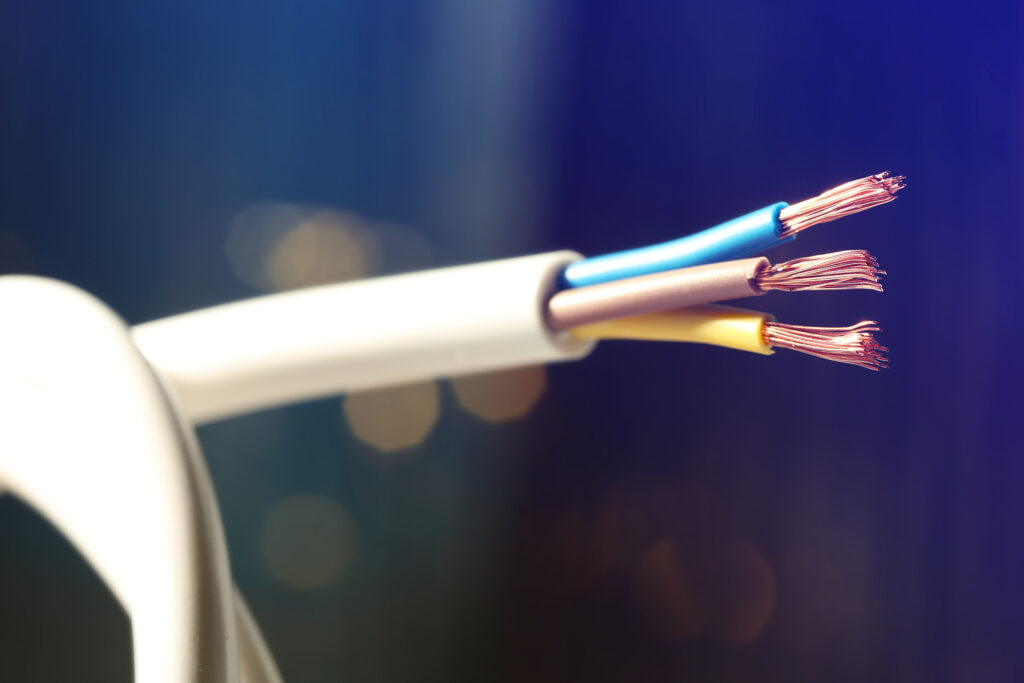Red metals are a family of metals that contain copper and copper alloys, namely copper, brass, and bronze. Although they all share similar qualities in appearance, they are quite different in terms of composition and other respects. Continue reading to learn more about these important and useful metals, and then get started collecting your valuable inventory for reprocessing!

Common Red Metals
Copper
Copper is one of the most commonly-used and well-known metals in the world, easily distinguishable by its bright red-orange color. It is a vital resource for several industries and applications, including medical, agricultural, construction, health, and more. This metal has superior electrical and thermal conductivity, but is also malleable, strong, and resistant to corrosion.
Copper also retains a chemical composition that allows it to fight off bacteria. The Environmental Protection Agency did a study involving intensive antimicrobial testing and found that more than 350 copper alloys killed 99.9% of bacteria within 2 hours of contact! Because of its incredible qualities, copper is used for a wide range of products, including everything from plumbing pipes and pipe fittings, to tools, circuit boards, water purifiers, appliances, décor, jewelry, and more.
Brass
Brass is an interesting red metal because it mainly consists of copper and zinc. But brass varies in terms of zinc content, making their qualities differ from one another. It can also have other elements aside from zinc, which also influences its qualities and color. The more zinc brass contains, the stronger and more ductile it shall be. In terms of color, brass can range from bright yellow hues to deep oranges or reds.
Because brass resembles gold so well, its most common application is decoration. But you will also find many instruments constructed of brass and brass alloys. A well-known brass allow is called tin brass, and contains copper, tin, and zinc.
Bronze
Bronze is a combination of copper and several other blends of metals (arsenic, tin, aluminum, silicone, phosphorus, manganese, etc.), making it an alloy of copper, but a bit of a “mutt” in the metal industry. But this does not mean that bronze is not a valuable and useful element. The combination of alloys makes bronze much stronger than copper. So, it is widely used for industrial manufacturing, like bushings and bearings, but also for art, sculptures, musical instruments, medals, and even nautical components since it’s corrosion-resistant.
Bronze is distinguishable among the other red metals due to its dull-gold color and barely-visible rings on its surface. Additional bronze alloys include nickel brass (nickel silver), bronze silicon, phosphor bronze (tin bronze), aluminum bronze, and copper nickel (cupronickel).
If you have surplus or scrap red metals on your hands, recycle them! Contact Zore’s Recycling at 317-247-8484 for copper recycling services in Indianapolis, Indiana. We pay cash on the spot for all scrap metal materials.
Related Posts:
5 Types of Bronze Alloys
5 Copper Facts You May Not Know
Is Brass Metal the Same as Bronze?



